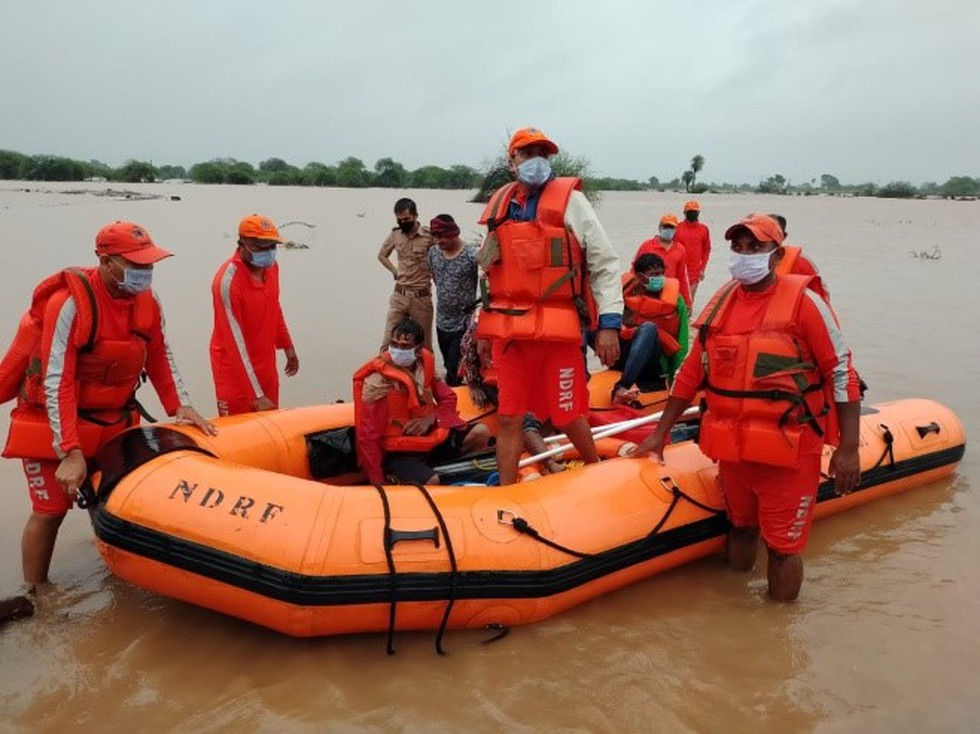About National Disaster Response Fund (NDRF):
- It is defined in Section 46 of the Disaster Management Act, 2005.
- It is a fund managed by the Central Government to meet the expenses for emergency response, relief and rehabilitation due to any threatening disaster situation or disaster.
- It is placed in the “Public Account” of GOI under “reserve funds not bearing interest”.
- NDRF is constituted to supplement the funds of the State Disaster Response Funds (SDRF), in case of a disaster of severe nature, provided adequate funds are not available in SDRF.
- Eligibility:
- NDRF guidelines state that natural calamities of cyclones, drought, earthquake, fire, flood, tsunami, hailstorm, landslide, avalanche, cloud burst, pest attack and cold wave and frost considered to be of severe nature by Government of India (GoI) and requiring expenditures by a state government in excess of the balances available in its own SDRF will qualify for immediate relief assistance from NDRF.
- For availing the NDRF funds, states are required to submit a memorandum indicating the sector-wise damage and need of funds. The Centre, on its part, assesses the damage and grants the additional funds to states.
- The financial assistance from NDRF is for providing immediate relief and is not compensation for loss/damage to properties /crops. In other words, NDRF amount can be spent only towards meeting the expenses for emergency response, relief and rehabilitation.
- The National Executive Committee (NEC) of the National Disaster Management Authority takes decisions on the expenses from National Disaster Response Fund.
- Sources of Financing NDRF:
- It is financed through the levy of a cess on certain items, chargeable to excise and customs duty, and approved annually through the Finance Bill.
- The requirement for funds beyond what is available under the NDRF is met through general budgetary resources.
Key Facts about National Disaster Management Authority (NDMA):
- It is the apex body for Disaster Management in India.
- It was established through the Disaster Management Act enacted by the Government of India in 2005.
- It has the responsibility for laying down the policies, plans and guidelines for disaster management for ensuring timely and effective response to disasters in the country.
- Besides approving the National Disaster Management Plan (NDMP), the Authority approves the plans of different Ministries and Departments of Government of India, and lays down guidelines to be followed by State Disaster Management Authorities for preparing their disaster management plans.
- NDMA coordinates the implementation of disaster management policy and plan.
- Organisational Structure:
- It consists of Prime Minister of India as its Chairman-; a Vice Chairman with the status of Cabinet Minister, and eight members with the status of Ministers of State.
- The NDMA Secretariat, headed by a Secretary, is responsible for providing secretarial support and continuity.
